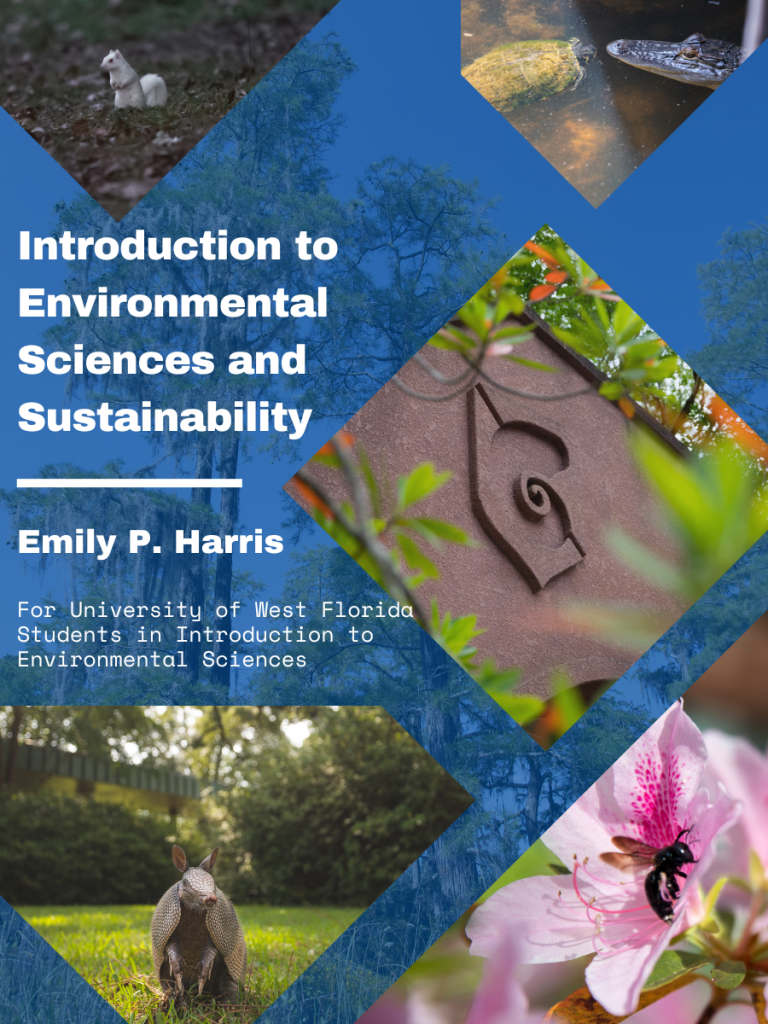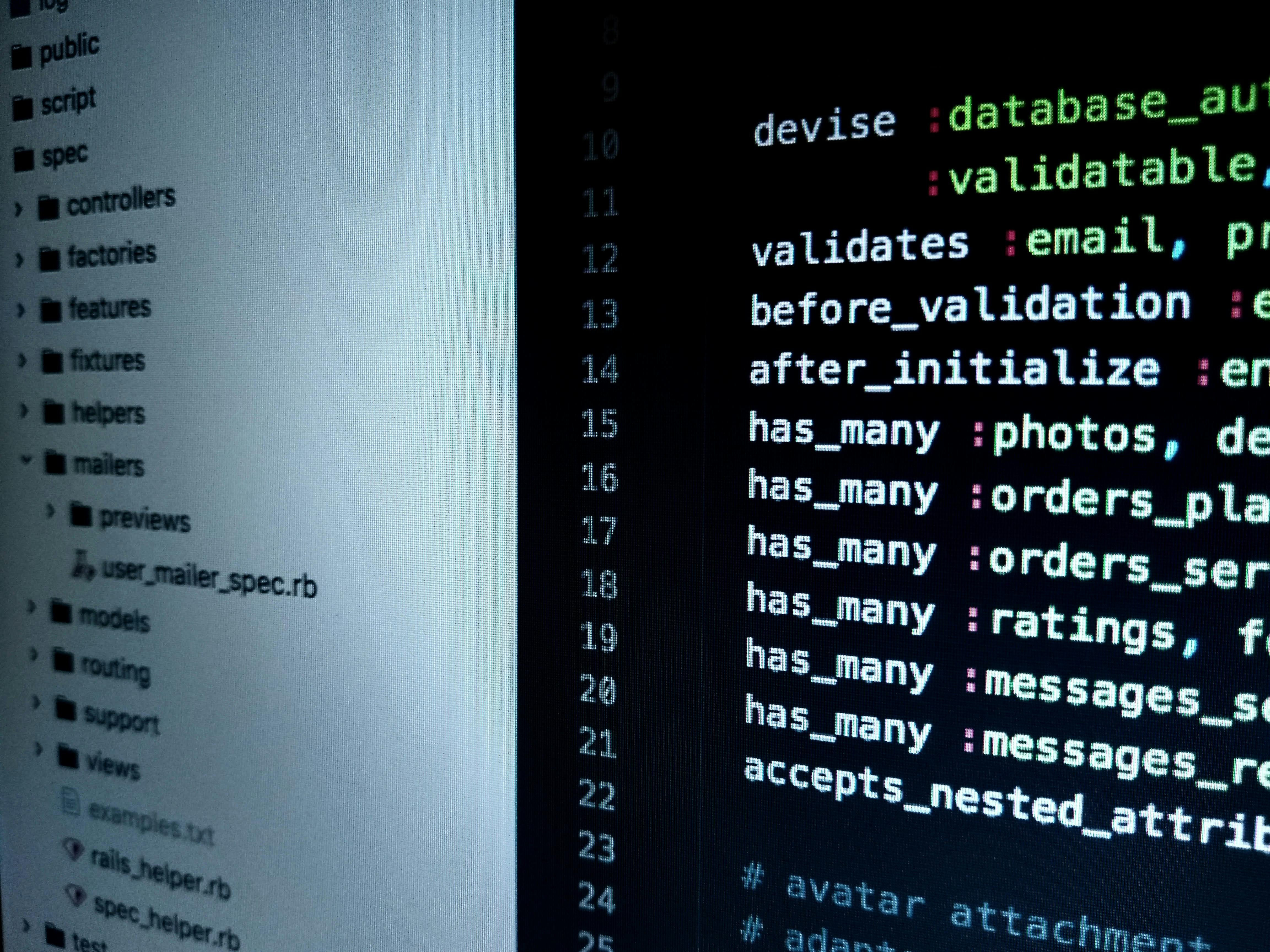전문가들이 제공하는 다양한 정보
Free Software often has no Warranty
페이지 정보
본문
 The OSI list only lists licenses that have been submitted, considered and approved. Thus, free software means that computer users have the freedom to cooperate with whom they choose, and to control the software they use. The project received support from the Free Software Foundation and stimulated the creation, headed by the Free Software Foundation Latin America, Machine learning eBooks for developers of the Linux-libre kernel. GNU Project. Free Software Foundation. Since this is incompatible with the spirit of software freedom, many people consider permissive licenses to be less free than copyleft licenses. Richard Stallman is credited with tying it to the sense under discussion and starting the free software movement in 1983, when he launched the GNU Project: a collaborative effort to create a freedom-respecting operating system, and to revive the spirit of cooperation once prevalent among hackers during the early days of computing. The economic viability of free software has been recognized by large corporations such as IBM, Red Hat, and Sun Microsystems. There is debate over the security of free software in comparison to proprietary software, with a major issue being security through obscurity. According to Richard Stallman, user access to the source code makes deploying free software with undesirable hidden spyware functionality far more difficult than for proprietary software.
The OSI list only lists licenses that have been submitted, considered and approved. Thus, free software means that computer users have the freedom to cooperate with whom they choose, and to control the software they use. The project received support from the Free Software Foundation and stimulated the creation, headed by the Free Software Foundation Latin America, Machine learning eBooks for developers of the Linux-libre kernel. GNU Project. Free Software Foundation. Since this is incompatible with the spirit of software freedom, many people consider permissive licenses to be less free than copyleft licenses. Richard Stallman is credited with tying it to the sense under discussion and starting the free software movement in 1983, when he launched the GNU Project: a collaborative effort to create a freedom-respecting operating system, and to revive the spirit of cooperation once prevalent among hackers during the early days of computing. The economic viability of free software has been recognized by large corporations such as IBM, Red Hat, and Sun Microsystems. There is debate over the security of free software in comparison to proprietary software, with a major issue being security through obscurity. According to Richard Stallman, user access to the source code makes deploying free software with undesirable hidden spyware functionality far more difficult than for proprietary software.
 Stallman, Richard M. (2015). Free Software Free Society: Selected Essays of Richard M. Stallman, 3rd Edition. In 1983, Richard Stallman, longtime member of the hacker community at the MIT Artificial Intelligence Laboratory, announced the GNU Project, saying that he had become frustrated with the effects of the change in culture of the computer industry and its users. Software was also shared and distributed as printed source code (Type-in program) in computer magazines (like Creative Computing, SoftSide, Compute!, Byte, etc.) and books, like the bestseller BASIC Computer Games. The Linux kernel, started by Linus Torvalds, was released as freely modifiable source code in 1991. The first licence was a proprietary software licence. The issue of binary blobs in the Linux kernel and other device drivers motivated some developers in Ireland to launch gNewSense, a Linux-based distribution with all the binary blobs removed. Trisquel is the most popular FSF endorsed Linux distribution ranked by Distrowatch (over 12 months). It is rare that a license announced as being in-compliance with the FSF guidelines does not also meet the Open Source Definition, although the reverse is not necessarily true (for example, the NASA Open Source Agreement is an OSI-approved license, but non-free according to FSF).
Stallman, Richard M. (2015). Free Software Free Society: Selected Essays of Richard M. Stallman, 3rd Edition. In 1983, Richard Stallman, longtime member of the hacker community at the MIT Artificial Intelligence Laboratory, announced the GNU Project, saying that he had become frustrated with the effects of the change in culture of the computer industry and its users. Software was also shared and distributed as printed source code (Type-in program) in computer magazines (like Creative Computing, SoftSide, Compute!, Byte, etc.) and books, like the bestseller BASIC Computer Games. The Linux kernel, started by Linus Torvalds, was released as freely modifiable source code in 1991. The first licence was a proprietary software licence. The issue of binary blobs in the Linux kernel and other device drivers motivated some developers in Ireland to launch gNewSense, a Linux-based distribution with all the binary blobs removed. Trisquel is the most popular FSF endorsed Linux distribution ranked by Distrowatch (over 12 months). It is rare that a license announced as being in-compliance with the FSF guidelines does not also meet the Open Source Definition, although the reverse is not necessarily true (for example, the NASA Open Source Agreement is an OSI-approved license, but non-free according to FSF).
Copyleft licenses, with the GNU General Public License being the most prominent: the author retains copyright and permits redistribution under the restriction that all such redistribution is licensed under the same license. Proponents of permissive and copyleft licenses disagree on whether software freedom should be viewed as a negative or positive liberty. All free-software licenses must grant users all the freedoms discussed above. Free software allows users to cooperate in enhancing and refining the programs they use; free software is a pure public good rather than a private good. The majority of free software falls under a small set of licenses. The Kerberos, X11, and Apache software licenses are substantially similar in intent and implementation. There are thousands of free applications and many operating systems available on the Internet. Since free software may be freely redistributed, it is generally available at little or no fee. To summarize this into a remark distinguishing libre (freedom) software from gratis (zero price) software, the Free Software Foundation says: "Free software is a matter of liberty, not price. To understand the concept, you should think of 'free' as in 'free speech', not as in 'free beer'". As the Foundation has written, "distributing free software is an opportunity to raise funds for development. Don't waste it!".
Development of large, commercially used free software is often funded by a combination of user donations, crowdfunding, corporate contributions, and tax money. Exceptions exist however, where the user is charged to obtain a copy of the free application itself. A report by Standish Group estimates that adoption of free software has caused a drop in revenue to the proprietary software industry by about $60 billion per year. Users often may not reverse engineer, modify, or redistribute proprietary software. Users cannot study, change, and share their source code. As users can analyse and trace the source code, many more people with no commercial constraints can inspect the code and find bugs and loopholes than a corporation would find practicable. Beyond copyright law, contracts and a lack of source code, there can exist additional obstacles keeping users from exercising freedom over a piece of software, such as software patents and digital rights management (more specifically, tivoization).
Here's more information on Machine learning eBooks for developers review our own web page.
- 이전글Example of a research paper with annotated bibliography 24.11.07
- 다음글15 Interesting Facts About Case Battle That You Didn't Know 24.11.07
댓글목록
등록된 댓글이 없습니다.


